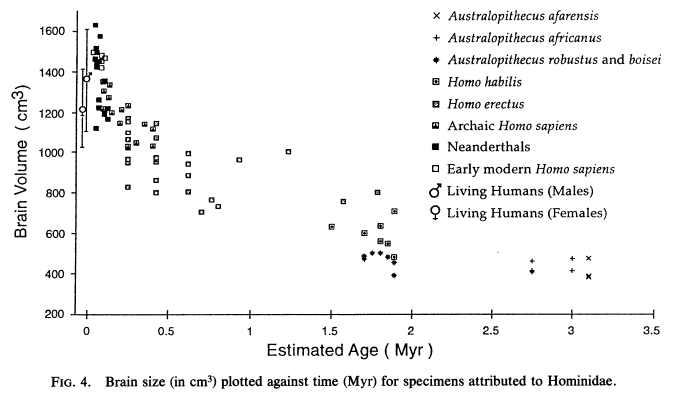
Geologist Saylor on CSI hunt to date hominid fossils
For project with the Cleveland Museum of Natural History
Using skills similar to those of a crime scene investigator, Beverly Saylor, Case Western Reserve University geologist, observed the geological formations and strata patterns across a remote area of Ethiopia recently. She was reconstructing the environment where ancient animals and hominids once lived.
Saylor is part of a research team under the direction of the Cleveland Museum of Natural History Curator of Physical Anthropology Yohannes Halle-Selassie (the principal investigator) and Director Bruce Latimer that is excavating in the Afar Region for its fossil trove. The area is known as the Worsano-Mille Paleontological Site. Work began at this site in 2004.
Saylor, as one of the group's three geologists, has made two trips to the area to observe and take measurements of its land formations. The area adjoins the northern boundary of the research field of another Case researcher and paleontologist Scott Simpson from the department of anatomy at the Case School of Medicine, who has made hominid discoveries in his field area.
Exposed by erosion after being buried in sediment, the fossils tell a story about early humans that roamed the earth some 2 to 4 million years ago, and the environment in which they once lived. The fossils give the team of paleontologists and geologists a chance to reconstruct the past and add to what is known about human and animal evolutionary history.
As Saylor studies the deposits of old rivers, she can observe that trees once grew in the area as fossil roots, which look much like living roots, web their way through the old sediment.
The group has found evidence of hominids (human's early ancestors), mammals like elephants, fish, crocodiles, turtles and other animals—and related to some of the animals that still inhabit the area.
As Saylor explains, it's the kind of work that the CSI team undertakes when a death has occurred and collects evidence from the death site.
"The geologists come in after the fact and reconstruct the situation after everyone has carefully started excavating," Saylor. "It is like a CSI investigation, because we come down to the area and want to know what it looks like where the dead body is and how this person died."
"It's the geologist's job to put it all together," said Saylor. "If you find a fossil on one side of the river and another one of the other side of the river, you have to figure out how they are related in time."
Studying the layers of sediment and the minerals in the soil is one way.
At this stage the geologist said she asks two questions—does this fossil relate to the fossils in an older or younger age and what was the environment like in which this fossil was deposited?
Saylor described how she spent her days at the site recently with a Jacob Staff (a 1.5 meter-long stick). She measures the depth of strata in the hills to see if the fossils from one deposit match the deposits of another. She will take the data and create maps of the area that pinpoint the fossil finds and also tell of any links between the strata from one land formation to another.
While the paleontologists are thrilled with their finds, Saylor finds them not as fascinating as the sediment layers and land forms.
Although looking at the remains of ancient hominids and other animal fossils, Saylor said that no one would doubt evolutionary theory when they see these ancient fossils in the field.
"It is amazing that they lived here millions of years ago, and there has been such a long and rich history," she said. "To think that someone was here 4 million years ago on the same spot where the Stone Age man, Christians, early Jewish settlers and Muslims have all lived is fascinating."
Saylor works with two other geologists on the project—Gary Scott, a paleomagnetism expert from the Berkeley Geochronology Center in California who is studying how magnetic minerals like iron are aligned with the North Pole to find the date of the strata by identifying which polarity period the fossils originated from, and Alan Deino, a geochronologist from the Berkeley Geochronology Center, will study the volcanic ash layers and uses techniques like argon-argon, which can determine the decay of radioactive elements in the volcanic minerals to date the sediment that surrounds the fossils to come up with the ages.
For more information contact Susan Griffith, 216.368.1004
No comments:
Post a Comment